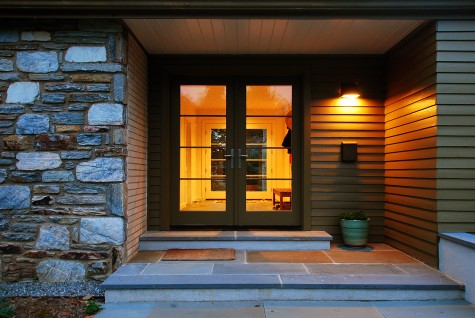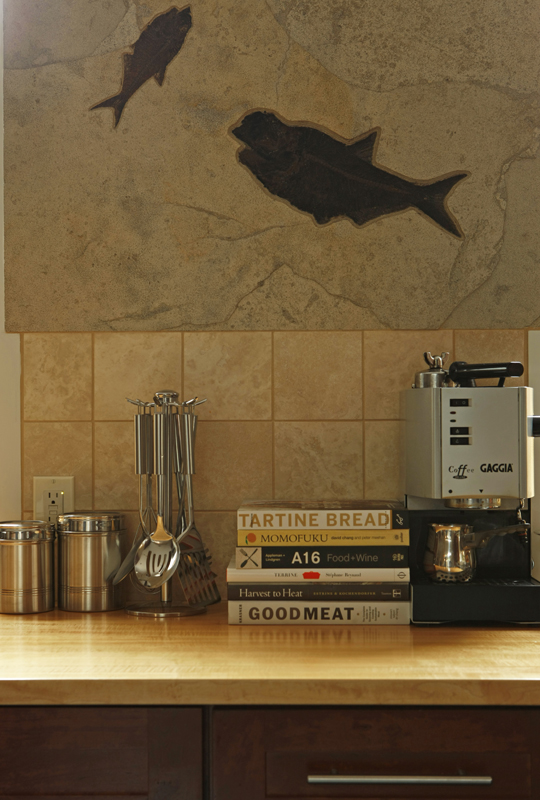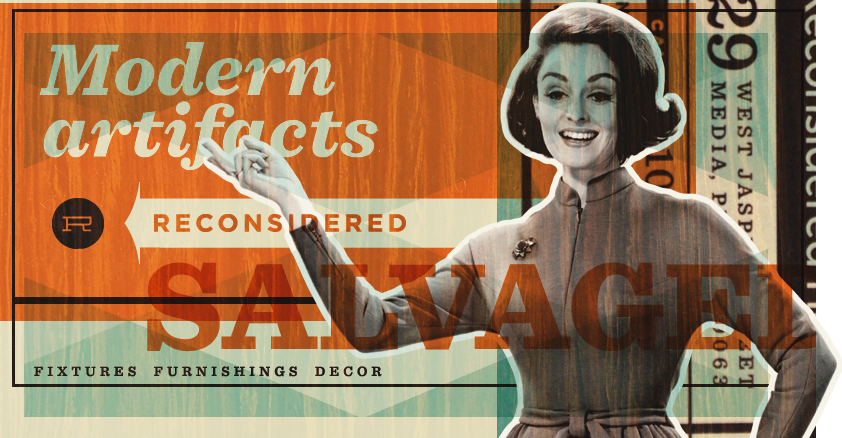 Building a shed at our home has been on our “Honey Do List” for some time now, so we were happy when we were able to find some time last week to tackle this project.
Building a shed at our home has been on our “Honey Do List” for some time now, so we were happy when we were able to find some time last week to tackle this project.
Sheds are all the rage right now, it seems. We’re seeing them used as micro offices, creative studio spaces, children’s play rooms, adult meditation areas, pool cabanas, and teen hangouts. Personally, I love the idea of a small, quiet space to remove myself to — a place where I can reflect and ponder a bit. But the purpose of our shed is to store gardening supplies and house our flock of hens. We wanted to make space in our garage, so moving the garden tools and supplies out to a shed was a good first step. And while the hens were comfortable and warm in their existing small hen house, its small size made it hard for us to get in to collect eggs and clean.
This shed will have a human-sized door and hen space we can walk into, and we’ve built them a new run that is also tall enough for us to stand in.  It’s a saltbox-style building measuring 8′ x 8′ with an 8’ tall ridge beam and long, sloping roofline that was designed to face the main source of the wind. The framing is standard 2×4, and the siding is CDX plywood with some ripped #2 pine for trim and batons. The door and windows are stock items from the home center. Because this shed is so small and unfinished, we opted for piers instead of a cement foundation.
It’s a saltbox-style building measuring 8′ x 8′ with an 8’ tall ridge beam and long, sloping roofline that was designed to face the main source of the wind. The framing is standard 2×4, and the siding is CDX plywood with some ripped #2 pine for trim and batons. The door and windows are stock items from the home center. Because this shed is so small and unfinished, we opted for piers instead of a cement foundation.
Sheds are a nice way to add useable space to your property, and they can be as finished or simple, and as serious or playful as you like, depending on your needs. Call us for more details on completing a shed project for your own home.
Diane Menke, VP/Operations Manager
Myers Constructs Inc.





